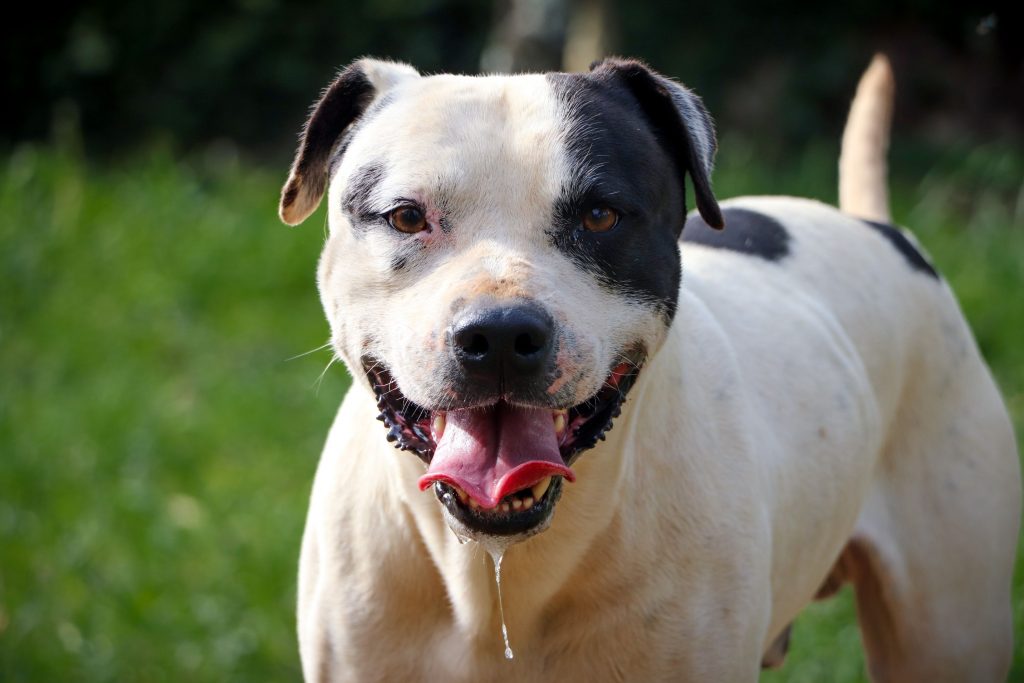Does Your Dog Drool?

If slobbering all over the place is a skill, dogs would be the ultimate masters. Sure, there are some breeds that don’t have slippery lips, but generally speaking, it is a common canine trait (we’re looking at you, Newfoundlands, mastiffs, and St. Bernards). Dog drool is simply part of the territory, but understanding the physiology of this action sure is helpful. Why does your dog drool, and are there ways to minimize the thick globs from wetting your floors and furniture?
Avoidance or Tolerance?
Seasoned or newbie owners of dogs can go crazy over their pooches, with one common exception. Drool. Despite the acknowledgment that salivation plays a critical role in digestion, it can drive a wedge between pups and their loving owners.
First, the Biology
Your dog has four main pairs of salivary glands that produce saliva for the mouth. Primarily concerned with preparing the body for a meal, these glands may go into overdrive when they smell food or anticipate a tasty treat. While saliva is mostly water, it does contain a digestive enzyme called amylase that helps break down carbohydrates, salts, and mucous.
The important takeaway is that increased salivation is completely voluntary; dogs don’t realize they’re making extra saliva.
So Much More Than Spit
Additionally, dog drool helps in the following ways:
- Keeps the oral cavity from drying out
- Helps with chewing by lubricating food
- Aids in swallowing food
- Supplies the mouth with some antimicrobial properties
- Helps with cooling the internal body temperature when panting
Dog drool can also signal to an owner that something isn’t right. In fact, excessive salivation can be linked to dental disease, poisoning, heat stroke, or esophagus obstruction. As such, it is important to either recognize slobber as a normal body function, or a red flag not to be ignored.
Living With Dog Drool
A slobbery dog isn’t the end of the world. It may even become something you love! To get to that place, arm yourself with a few tried and true strategies:
- Rags conveniently stored throughout the house, car, and your gear can make all the difference. Some pet owners find that attaching a bandana to their dog’s collar can help clean up a mess before it gets out of control.
- Encourage your dog to play outside or go for a walk with another family member when dinner is being prepared.
- Keep ahead of dog drool by placing absorbent towels around your dog’s food and water bowls.
We ask that you make note of any changes in your dog’s drooling. If it changes consistency or frequency, stops and then starts again, or is accompanied by other behavioral shifts, we want to know about it.
If you need additional assistance in dog drool management, please give us a call at (347) 915-1420.

